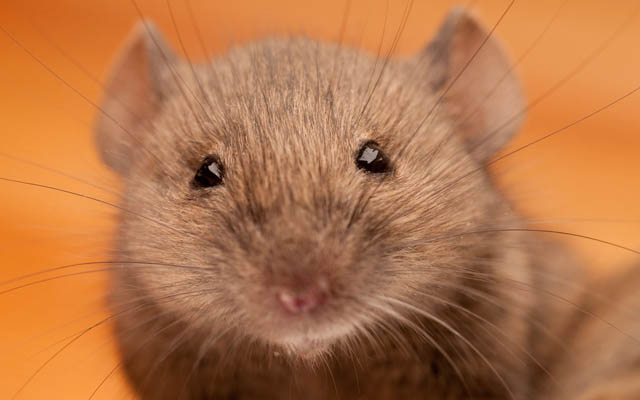Waging war on mice
House mice are more resilient than ever, evading even the most sophisticated tips, traps and cats. Pippa Cuckson reports on her daily battle with her rodent visitors.

I suspect many country-dwellers are more tolerant of house mice than they let on. If you have capacious cellars, attics and skirting that’s shrinking from the walls, mice are a given. But lately, the ones in my neighbourhood have become notably brazen.
Scientists say mice are now tolerant of certain poisons and increasingly trap-aware, but I want to know who teaches them to read. In the past week, they explored several wardrobes, before nesting in my only shoebox marked Jimmy Choo. They rejected everyday tack kept in the stables, but lacerated my friend’s expensive Devoucoux saddle, which lives in the house. The only item of interest in another neighbour’s cupboard was her clearly labelled diabetic chocolate.
Mice are rumoured to visit 20-odd regular spots within 10 metres (11 yards) of their nests each night. I was astonished to verify this, thanks to luminous tracking powder. I’ve done the pencil test (any hole you can poke it into, a mouse will fit through), stuffed wire wool down every gap, installed fine mesh over air bricks and scooped up all electrical flexes they might climb and/or chew. I am paranoid about crumbs; a robotic floor-sweeper tours the house when I’m away.
However, not even a famine will stop mice once they’re in. With a 5in annual tooth growth, they need to gnaw. And mine are definitely taking the mickey. I temporarily sealed a loose wardrobe door by leaning a suitcase against it. The next morning, I found a Walnut Whip-sized pile of sawdust they’d used the case as cover while hacking away at the mahogany. In ideal conditions, a mouse can produce a litter every 25 days.
At 50–60 droppings each per day and with a constant urine trail (a communication tool, as well as a symptom of a weak bladder), that’s a lot of potential disease and evidence, along with shredded paper and damaged upholstery. ‘Look for greasy smears on skirting and doors where mice repeatedly rub against them, too,’ advises Rentokil’s Dr Colm Moore. ‘A regular “rodent recce” is an inexpensive precaution, although... sometimes rodents just walk in through the front door.’
I’d love another cat, but my previous master-mouser never knew where to stop. He brought half-dead trophies in from the garden that rallied just enough to sprint into the back of the piano before expiring. Experts say traditional spring traps and poisons, although gruesome, remain the most effective removal devices, whether DIY or as set-up by a specialist pest controller who will be au fait with the latest legislation.
Local- authority services cost between £35 and £50. I’ve avoided poison ever since one tragic victim staggered across the sitting room before gasping his last at my feet. However, the smell when the poisoned thoughtlessly decompose under floorboards can be masked by odour sachets made by Rentokil and the like.
Exquisite houses, the beauty of Nature, and how to get the most from your life, straight to your inbox.
Torquay-based David Jones, who manufactures humane traps, says sales are reaching their first autumn spike, because nights are colder. ‘This year is no worse than any other, it’s just that there’s more awareness. You used to keep quiet if you had mice now, you put it on Facebook.’
Mr Jones recommends reading up on mouse behaviour to inform your trap-placement strategy and you will need lots. ‘A dominant male will mark a trap, so if you only have one, others will avoid it. Move the traps slightly every few days if an object appears new, the mouse will investigate. If a particular food is being taken, use that as bait chocolate is good. Mice are wary of strange smells, so wear gloves even when handling an empty trap.’
Kitchen hygiene is an obvious one, but Dr Moore adds: ‘Keeping general clutter to a minimum will reduce options for nesting sites. Stack crates and boxes away from the wall so you can check what’s behind them.’
Ultrasonic deterrents that emit a screech and/or send electromagnetic pulses through your wiring receive mixed reviews, although pest-control supplier Group55 of Preston have sold £5 million-worth since 1999. In desperation, I bought the optimistically named PestBye. I was insulted to find three droppings by the socket the first morning—but then realised I’d set the pitch at ‘spider’ level by mistake.